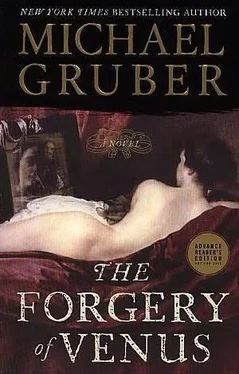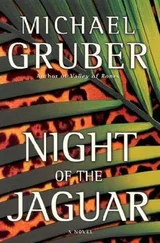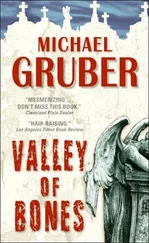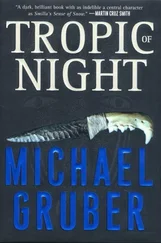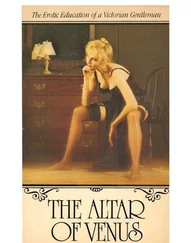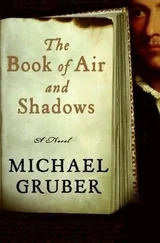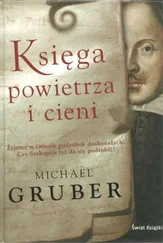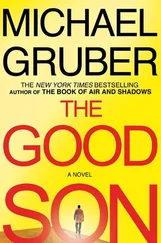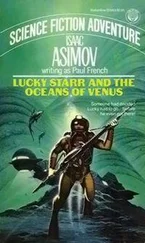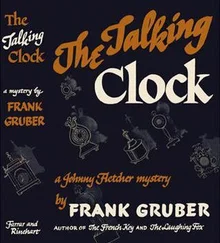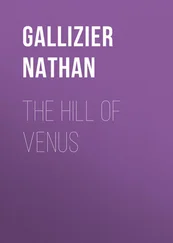“What’s going on, Werner?” I asked.
“Well, you see we have your wonderful painting, but, as I’ve told you, however wonderful it is, it will not pass as genuine unless it has a flawless provenance. What do you think of the other painting?”
“It looks like a Bassano,” I said.
“Yes, but which one? He had four sons, all painters, and the work from their hands is not nearly as valuable as the father’s.”
“The story of my life,” I said, “but this one looks a lot like the one in Washington. It’s a nice painting. How do you tell the various Bassanos apart anyway?”
“It’s almost impossible without evidence from provenance. But this particular painting was in fact sold as a Jacopo to the duke of Alba in 1687. It’s been in the family’s possession ever since, and so its provenance is as good as any provenance can be.”
“Yeah, but what does that have to do with the Velázquez?” I said, and then I yelled.
Baldassare had taken a wide brush full of thick white paint and wiped a line right across my fake Venus, and a second later I realized why he’d done it and why we were all there. Baldassare gave me a smirk and continued to paint over the nude.
“You’re going to lift the Bassano and adhere it on top of the Venus ,” I said, and the sweat popped out all over my face and scalp. Now at last this was the thing itself, the patent act of fraud, no more horseshit about indistinguishable works of art and buyer beware and who are we hurting. And that’s why we all had to be there, the same reason why a junior mafioso has to make his bones before he becomes a made guy. I had to get dirty.
“Yes, we are,” Krebs said. “Only it’s not a Bassano at all.”
“It’s not?”
“No, it’s the work of your most illustrious predecessor, Luca Giordano. Underneath the surface is his signature. The duke was fooled, and this time Luca did not confess. The thing has been hanging as a Bassano for three hundred years, until Salinas here had it cleaned and X-rayed as a matter of routine. He saw the signature of the faker and called me.”
“Why?” I asked. I was watching Baldassare obliterate my painting with what I presumed was the finest seventeenth-century flake white.
“Because of the provenance. Our curator here has just discovered that a painting worth perhaps a quarter of a million euros is now worth no more than twenty thousand. This happens in museums all the time. Sometimes they continue to hang the painting with a revised attribution, school of so-and-so, for example. Sometimes they sell it. Salinas decided that the painting should be sold. Now, he conspires to commit a little fraud of his own, this naughty man, with the connivance of his superiors at the museum, of course. Suppose that he puts the painting on the market discreetly as a Jacopo Bassano. Americans love old masters, and one of them is sure to want this one. So Salinas calls our friend Mark Slade.”
“Who else?”
“Yes, and if an American can be gulled, so much the better. Who likes Americans nowadays? Perhaps you have noticed this, eh? Yes, very sad. And Mark is a good choice in another way. He specializes in very private sales to rich Yankees by museums in need of cash. All museums have too many pictures to show, second-rate pieces cluttering the basement, and they don’t like going to the auction houses because they don’t want to be accused of selling off the national patrimony or the endowed collection of some rich fool. So discretion is very important.”
Baldassare had by this time sprayed the surface of the Bassano with a clear substance. He carefully flipped it over facedown on a large plate of thin glass, a few inches larger on all sides than the painting, and reweighted it. Now he brushed the back of the canvas with a chemical whose scent I did not recognize but that had to be some kind of sophisticated solvent. Then we waited.
I wandered out of the glare and found that they’d supplied the forgery headquarters with a number of leather lounge chairs, a low table, and a large cooler full of beer and cold tapas. The furniture was all brand-new, down to the price stickers, and the refreshments were first class. I recalled what Krebs had said about the investment of his silent partners: someone was spending money without stint on this one.
Baldassare laid out the spread of food and drink and then dragged one of the chairs into the shadows and lay down. Krebs and Salinas were conversing quietly in Spanish, a conversation to which I was clearly not invited, and it was equally clear that Baldassare did not want to chat with me. I brought out my sketchbook and drew the scene, a less dramatic version of Vulcan’s Forge by Velázquez, and wondered what would happen if the cops burst in instead of Apollo.
Which didn’t happen. After a couple of hours a little alarm buzzed on Baldassare’s watch and we all got up to check out the tables. Baldassare and Salinas donned surgical gloves, and with steel spatulas the two men slowly pried the old canvas up from the paint layer of the Bassano. It took a while. Except for brief exchanges between the two men at work, all was silent. When the canvas was at last peeled away I could see only the bottom layer of the underpainting-the image was facedown on the glass sheet. Baldassare picked this up by its edges, rotated it, and then, with painstaking care, let it down on the damp layer of flake white covering the forgery. Jesus and the startled fishermen shone out through the glass. He then clamped the edges of the two glass sheets together with small steel clips.
“What do you think?” Krebs asked Baldassare.
“It’s good. I will squirt some solvent in there to release the glass over the top painting, then a few days in the oven, a little chemical treatment, a little wash, and you will have a wonderful sandwich. Then we take the bottom glass off and I’ll nail it to the original Bassano stretchers. Not more than four or five days.”
Handshakes all around, and we left Baldassare in the loft. In the street there was a car waiting for Salinas. When he’d gone and I was in our car with Krebs, I asked him, “So what’s the plan now?”
“The next phase is moving our painting to market, obviously. Salinas will call Mark. He will show him the painting as a genuine Jacopo of flawless provenance. Mark will ask for an X-ray analysis. In the presence of witnesses, Salinas will object.
“But he did X-ray it.”
“Yes, but with a single, highly corruptible technician. There is no record of this X-ray and the technician will not talk. To resume: Salinas will have explained to his management that he did not X-ray it because his curatorial eye told him it was probably a Luca forgery, but as long as this was mere suspicion he had decided to see if he could get a Bassano price out of it. His objection to having it X-rayed will be on record.”
“I’m not getting this,” I said. “Salinas knows the fake Bassano is a Velázquez. His superiors think it’s just a fake Bassano, and that they’re ripping off a stupid American by charging him the full Bassano price. So why does Slotsky go along with not doing an X-ray after he’s made a big deal about asking for one?”
“Oh, he relents, I’m afraid. After the argument, he apologizes to Salinas for doubting the word of a Spanish gentleman and writes out a check for the full Bassano price on the spot. This is also a much-witnessed transaction. The museum board laughs all the way to the bank. Obviously, once he has taken possession and has it back in the States, he decides to X-ray it, again with reliable witnesses, and discovers the hidden Velázquez. This is announced to the world, the process of technical and curatorial examination confirms the authenticity of the work and we go to auction. The Liria is furious of course, but what can they do except fire poor Salinas?”
Читать дальше
